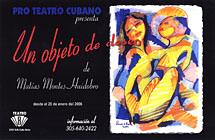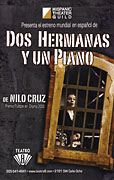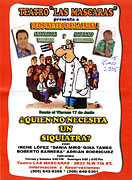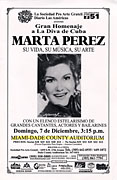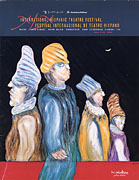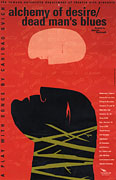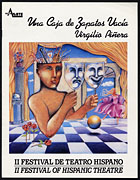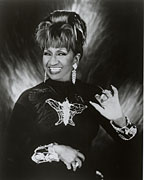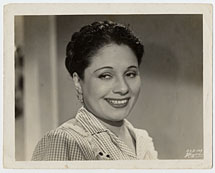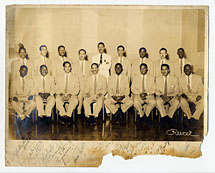The Arts
The 19th century marked the beginnings of a Cuban national identity, "cubanía.". Music and the arts became vastly distinctive from its European origins and Cuba produced its first internationally renowned artists, including pianist José Manuel ("Lico") Jiménez, violinist José White and painter Juan Bautista Vermay. During the 20th century, Cuban arts fully bloomed, and music in particular, as the most representative manifestation of national identity, would come to influence music worldwide. The CHC book, periodicals and archival collections contain a wide representation of all branches of the arts produced both in the island and by the Cuban Diaspora.
Music has been an integral part of Cuba's heritage. Over the years, the Cuban heritage Collection has acquired a number of collections containing music records, audiotapes, and musical scores. In 1943, Ramón Sabat established the Cuban Plastics and Record Corporation, known as PANART, one of the largest music publishing companies in Latin America. In 1990 the CHC received the Ramón S. Sabat Collection, featuring recordings of some of the best loved Cuban songs of all times performed by renowned interpreters.
In 1998, the Campilli Family, in memory of Carlos Campilli, donated Alberto del Pozo's Orishas Collection to the University of Miami Libraries. The collection consists of 17 original illustrations and thousands of lithographs, boxed note cards and exhibit catalogs of the gods and goddesses of the Afro-Cuban Yoruba religion known as santería. Internationally known ethnologist Lydia Cabrera wrote the prologue and text of the artist's Oricha Exhibition Catalog. Other examples of materials related to the plastic arts include various editions of the books of renowned lithographer Frederic Mialhe, and the papers of acclaimed architect Eugenio Batista Falla, considered the "father" and one of the best exponents of modern Cuban architecture, and those of sculptor Mario Santí, creator of the José Martí Mausoleum at Santa Ifigenia Cemetery in Santiago de Cuba.
The exodus of performing artists, writers, and theater professionals from Castro's Cuba gave birth to a thriving theater movement in Miami and New York. Cuban-American playwrights have received literary awards and their plays have been staged, radio broadcasted, published, and publicly read. Cuban and Cuban-American theater is represented at the CHC by important collections such as the INTAR (International Arts Relations) Theatre Records and Cuban and Cuban-American Theater collections and that of renowned costume designer Randy Barceló, among others.
Some of the leading Cuban and Cuban-American performing artists from the 19th and 20th centuries are represented in the Cuban Heritage Collection, from composers Gonzalo Roig and Ernesto Lecuona to Aurelio de la Vega, and from Grammy Award winners Celia Cruz and Gloria Estefan to international motion picture film star Andy García.
